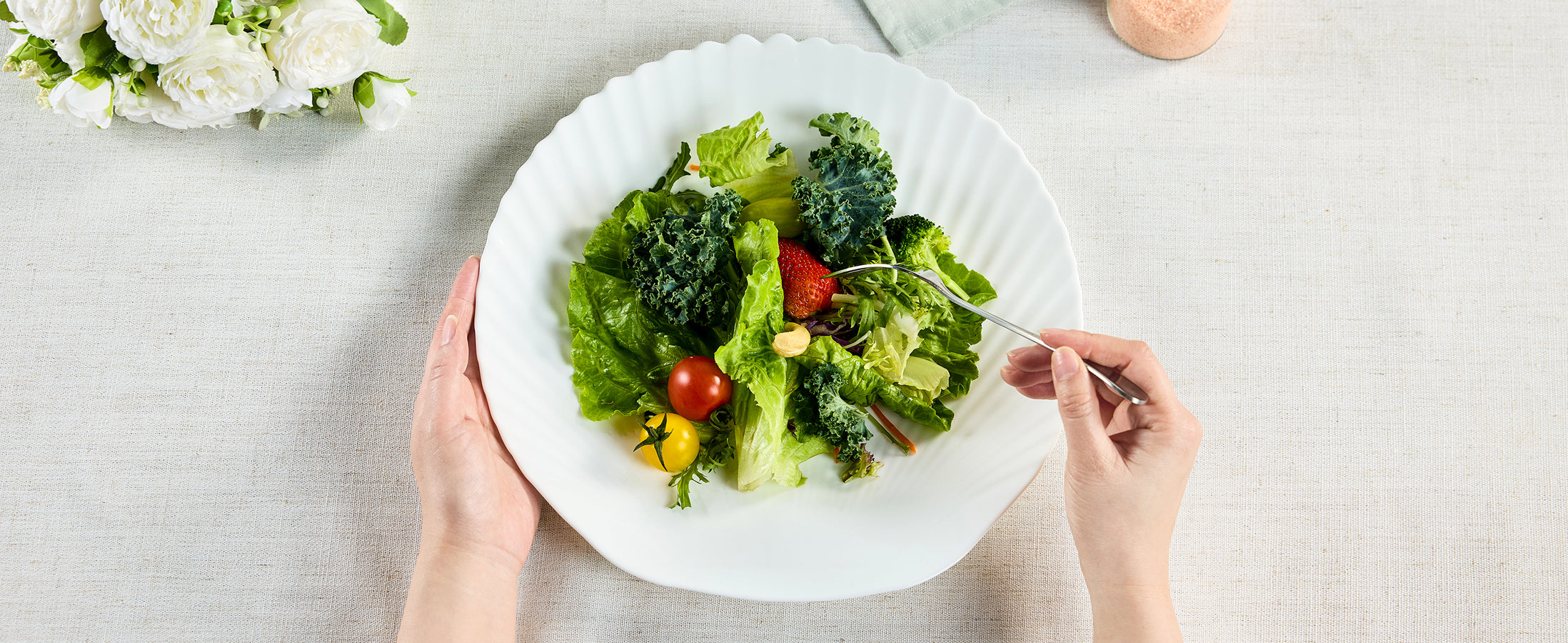At LaGlint, environmental responsibility is core to our mission. Many customers ask about the environmental impact of different dinnerware materials. Let's explore why glass, particularly our tempered opal glass, is often the more eco-friendly choice compared to traditional ceramics and porcelain.
Production Process: Energy and Resources
| Glass Production | Ceramic/Porcelain Production |
|
✓ Lower firing temperature (600-800°C) ✓ Shorter production time ✓ Single-stage firing process ✓ No glazing required ✓ Fewer raw materials needed |
● Higher firing temperature (1,200-1,400°C) ● Multiple firing stages ● Additional glazing process ● Complex material preparation ● More resource-intensive |
Carbon Footprint Comparison
| Glass Manufacturing | Ceramic Manufacturing |
|
● Lower energy consumption ● Reduced CO2 emissions ● Efficient production cycle ● Fewer transportation stages ● Less waste in production |
● Higher energy requirements ● Greater carbon emissions ● Multiple production stages ● More transportation needed ● More production waste |
Water Usage
| Glass Production | Ceramic Production |
|
✓ Minimal water usage ✓ Closed-loop water systems ✓ No glazing water needed ✓ Less cleaning required ✓ Lower water waste |
● High water consumption ● Clay preparation needs ● Glazing process water ● Multiple washing stages ● Significant wastewater |
Raw Materials and Resources
| Glass Components | Ceramic Components |
|
● Abundant raw materials ● Fewer mining impacts ● Simple composition ● Sustainable sourcing possible ● Less resource depletion |
● Complex mineral requirements ● More extensive mining ● Multiple material sources ● Limited resource availability ● Greater environmental impact |
Recyclability and End of Life
| Glass Benefits | Ceramic Limitations |
|
✓ 100% recyclable ✓ Infinite recycling potential ✓ No quality loss when recycled ✓ Easy to process ✓ Lower recycling energy needs |
● Limited recyclability ● Often ends in landfills ● Cannot be remelted ● Difficult to process ● Higher recycling energy needs |
Product Lifespan
| Glass Durability | Ceramic Lifecycle |
|
● Longer useful life ● Maintains appearance ● Resistant to degradation ● Less frequent replacement ● Reduced waste generation |
● Shorter average lifespan ● Shows wear more quickly ● Glaze deterioration ● More frequent replacement ● More waste produced |
Daily Environmental Impact
| Glass Usage | Ceramic Usage |
|
✓ Less water for cleaning ✓ Fewer cleaning products needed ✓ No chemical leaching ✓ Energy-efficient cleaning ✓ Lower maintenance impact |
● More intensive cleaning ● More cleaning products ● Potential glaze chemicals ● Higher energy cleaning needs ● Greater maintenance impact |
Manufacturing Innovations at LaGlint
Our commitment to environmental responsibility includes:- Energy-efficient furnaces
- Water recycling systems
- Waste reduction programs
- Sustainable packaging
- Local sourcing where possible
The Full Lifecycle Assessment
Glass Advantages
- Lower energy production
- Reduced water usage
- Complete recyclability
- Longer product life
- Minimal waste generation
Cost to the Environment
When comparing environmental costs:- Glass production: Lower initial impact, minimal ongoing impact
- Ceramic production: Higher initial impact, continued environmental cost
Making an Eco-Conscious Choice
Choosing LaGlint's tempered opal glass means:- Supporting sustainable production
- Reducing your carbon footprint
- Minimizing water waste
- Contributing to recyclability
- Extending product lifecycle
Future Environmental Considerations
Glass Industry Trends
- Increasing energy efficiency
- Enhanced recycling programs
- Innovative production methods
- Reduced carbon emissions
- Sustainable packaging solutions
Our Environmental Commitment
At LaGlint, we're constantly working to:- Reduce energy consumption
- Minimize water usage
- Improve recycling processes
- Develop sustainable practices
- Lead industry innovation
Tips for Eco-Friendly Use
Maximize the environmental benefits of your opal glass dinnerware:- Use energy-efficient dishwashing
- Choose eco-friendly cleaning products
- Properly maintain items for longevity
- Recycle appropriately at end-of-life
- Store properly to prevent damage
Conclusion: The Bigger Picture
Opal Glass dinnerware is an environmentally conscious choice that offers multiple sustainability benefits. When we use opal glass dishes, we help reduce worldwide energy usage and decrease carbon emissions. This durable material also helps conserve water resources and preserves natural materials. By selecting opal glass dinnerware, we support more sustainable consumption habits that benefit our planet.
Join us in making environmentally responsible choices. Explore LaGlint's eco-friendly tempered opal glass collection here. Together, we can set a beautiful table while protecting our planet. Dine with purpose, shine with LaGlint.


0 comments